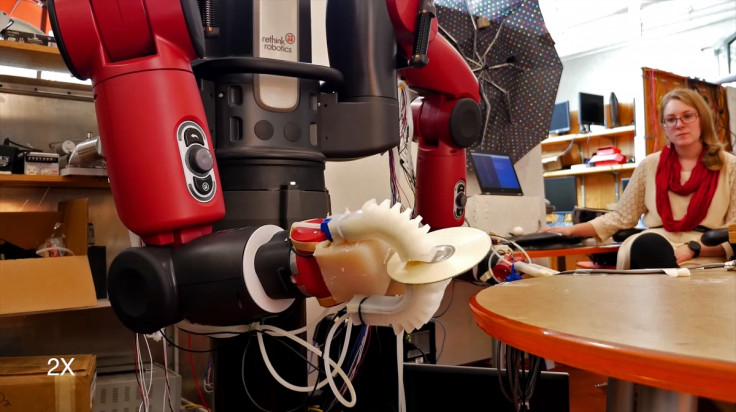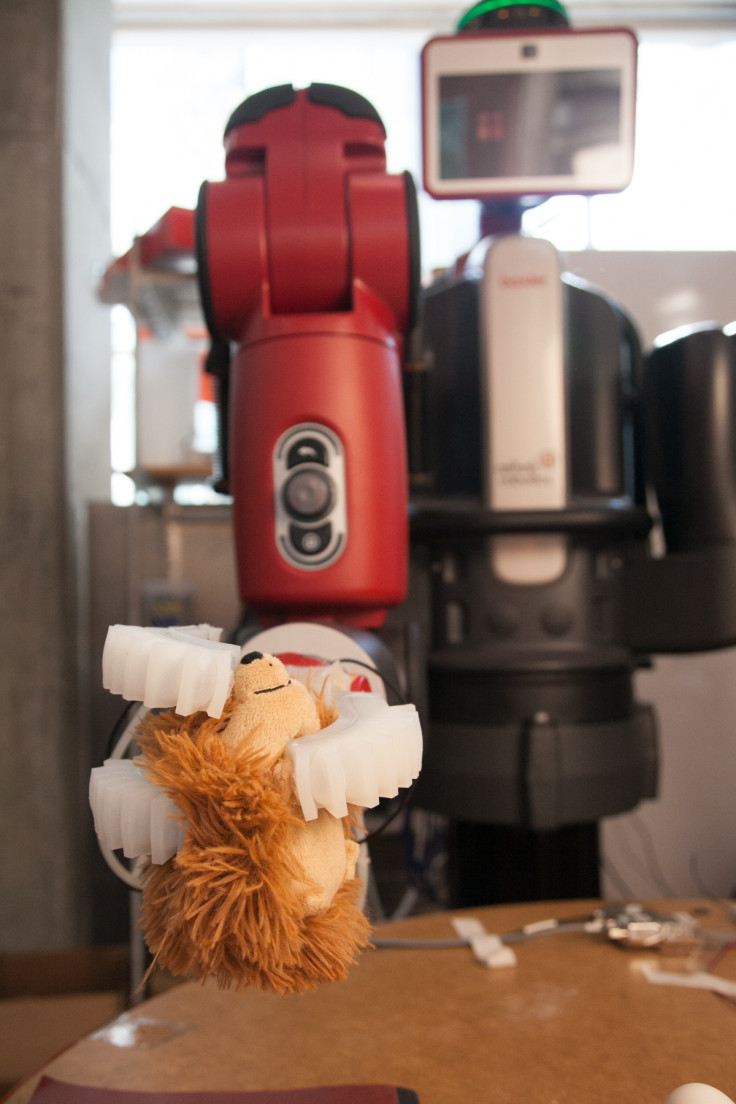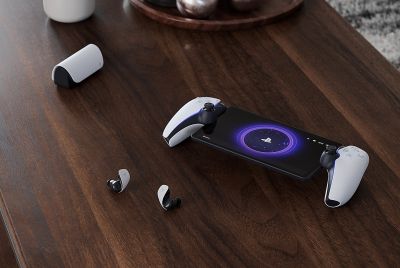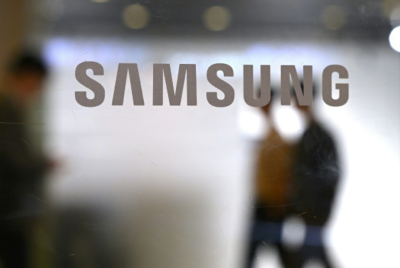MIT develops 3D printed soft robot hand that can pick up and identify just about any object

MIT has developed a soft 3D printed robotic hand that is so responsive it can safely pick up and handle objects that are incredibly delicate, such as an egg or a compact disc. Researchers from MIT's Computer Science and Artificial Intelligence Laboratory (CSAIL) designed a three-fingered gripper that was 3D printed out of silicon rubber and then armed with a multitude of sensors.
The sensors help the hand to accurately estimate the size and shape of an object, to the extent that advanced object-identification computer algorithms enable the hand to correctly identify what sort of object it is holding out of a large selection of items in its database.
"Robots are often limited in what they can do because of how hard it is to interact with objects of different sizes and materials," said CSAIL director Daniela Rus. "Grasping is an important step in being able to do useful tasks; with this work we set out to develop both the soft hands and the supporting control and planning systems that make dynamic grasping possible."
Picking up objects like a human does
At the moment, most robots usually have only rigid hands, which makes it a lot more difficult for them to pick up objects as they lack the softness needed to grasp objects with varying degrees of strength, or to adapt to irregularly-shaped objects.
So a soft robot has an advantage over hard robots in this respect, except that soft, flexible materials make it much harder for the robot to judge and measure where the object they need to pick up is, or even whether they have succeeded in picking it up at all.
So CSAIL decided to create "bend sensors" on the fingers that send back location data whenever the fingers curve and clench to pick an object up. The robot takes this data and compares it to existing clusters of data points in its database from other objects it has picked up before, and using just three data points from a single grasp, the computer algorithm knows enough to differentiate a bottle from a cup, even though the two objects feel similar to each other.
The hand is controlled using a series of pistons that push pressurised air through silicone fingers, causing little bubbles that expand within the fingers, helping them to bend and stretch to perform either an enveloping grasp, where the object is completely contained within the gripper, or a pinch grasp, where the object is held only by the very tips of the fingers.
New hand beats Baxtor's original hand

To prove how well their new soft robotic hand worked, the researchers armed the popular Baxtor manufacturing robot with the silicone rubber gripper, and they found that the robot was able to pick up everything from a Rubik's Cube, a Beanie Baby soft toy and a tennis ball to an egg, a paper cup, a toothbrush, a pen and even a thin metal head massager.
In contrast, Baxtor's usual robotic hand was completely unable to pick up a CD or a piece of paper, and was prone to completely crush items like aluminium soft drink cans.
"If we want robots in human-centred environments, they need to be more adaptive and able to interact with objects whose shape and placement are not precisely known," said Rus.
"Our dream is to develop a robot that, like a human, can approach an unknown object, big or small, determine its approximate shape and size, and figure out how to interface with it in one seamless motion."
The open-access paper, entitled "Haptic Identification of Objects using a Modular Soft Robotic Gripper" was published following its presentation at the International Conference on Intelligent Robots and Systems on 30 September.
© Copyright IBTimes 2025. All rights reserved.





















